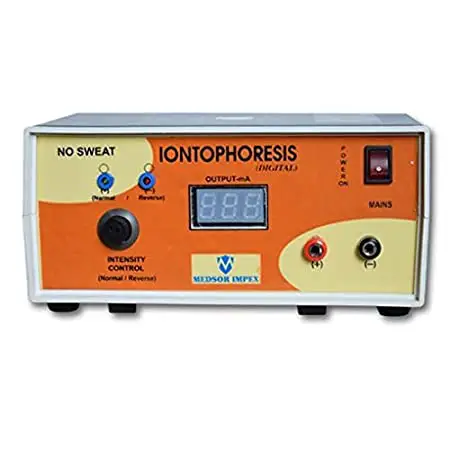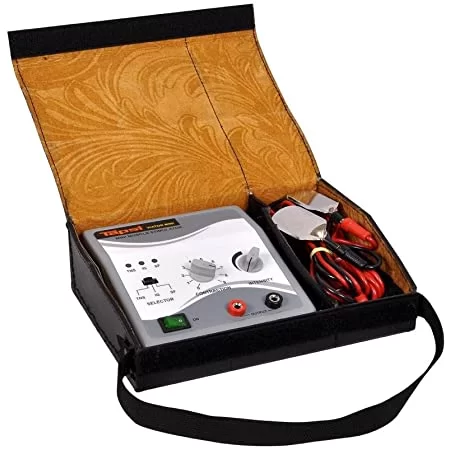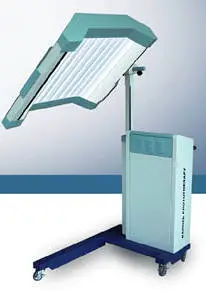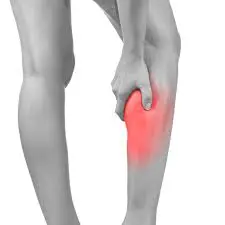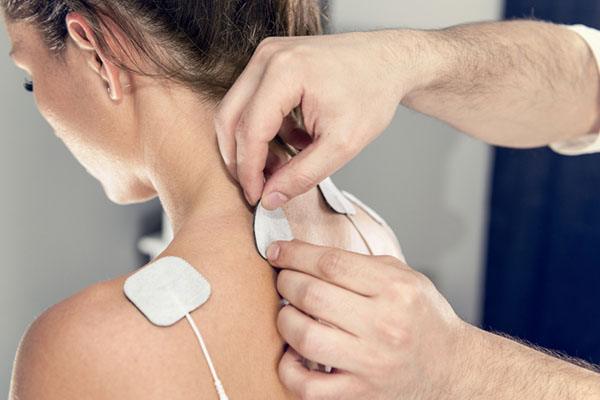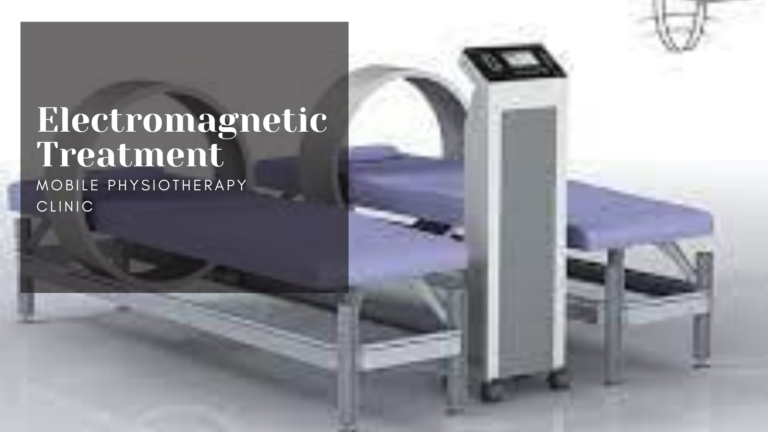Iontophoresis
Introduction of Iontophoresis:
- Iontophoresis is the term used to describe the technique in which medically useful ions are driven through the patient’s skin into tissue.
- It is a mechanism in which an electrical current is passed through the skin by soaking in tap water (not distilled water) & normal saline (0.9%), or a solution containing an anticholinergic medication.
- Which allows charged particles to cross the normal skin barrier.
- It enhances the delivery of drugs and macromolecules into the skin and reduces sweating throughout the skin.
- It is safe, effective, inexpensive & very useful.
Principle of the iontophoresis

- The basic principle is to place the ion under an electrode with the same charge as a negative ion applied under the cathode.
- This electrode is then known as the ‘active electrode.
- A constant current is applied and the electrically ion is propelled into the patient.
- Although constant current is Sheldon used today the exception would be in the treatment of hyperhidrosis [ excessive sweating ] which is an extremely common condition and reacts well to this method of treatment [ Grice 1980 ].
- The use of tap water for this treatment produces no side effects but the ions in it may not inhibit sweating sufficiency and therefore the use of an anticholinergic compound in distilled water is recommended.
- The introduction of glycopyrronium bromide under the anode electrode has had long-lasting effects [ Morgan 1980 ].
- The hands and feet may be affected and require treatment but no attempt should be made to treat hands and feet on the same day, and an interval of days should elapse between treatments.
Requirement of the apparatus
- A source of low voltage of direct current and low amperage
- A shallow plastic tray for the anode
- A foot or arm bath for the cathode
- Two large electrodes and leads
- Two large lint pads to cover the electrodes
- Solution of anticholinergic compound
- Distilled water
Testing of the machine

- The machine should be tested before use
- Attaching leads and electrodes to the terminals used for testing of the machine, in a moistened hand holding the two electrodes, start up The current till a mild – prickling sensation is felt and muscle contractions produced
Preparation of machine of iontophoresis
- leads are attached to the terminals and held with free ends, not touching, in a bowl of tap water.
- The control should be turned up and the needle of the milliampere meter watched to ensure that the regulation of the current is even.
Method of treatment of the iontophoresis
Hands:
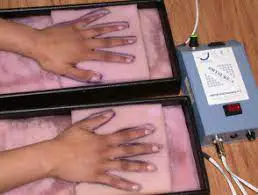
- The shallow plastic tray is placed on an arm bath table and the patient sits alongside.
- The active electrode [ anode ] is placed in a plastic tray & covered with one of the lint pads.
- The pads should be at least eight layers thick so that they make good contact with the tissue and with the electrode and are effective in absorbing any chemical that might form during the treatment.
- The tray contains of 0.05 % solution of the glycopyrronium bromide in distilled water, an anticholinergic compound to cover the palm well.
- The hand is placed in the tray and the electrode is connected to the positive terminal of the treatment unit.
- One foot is placed in warm water in the foot bath, negative terminal is connected by the electrode which is covered by a lint pad.
- The current is switched on and increased slowly to the desired amount for the desired time.
Feet
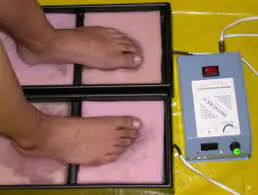
- For feet treatment the arrangements should be reversed by placing the shallow tray with anode on the floor and the arm bath with the cathode, for the arm to complete the circuit.
Dosage of the Iontophoresis
- First treatment is based on the size of the patient and modified by skin tolerance.
- For an average adult 12 milliamps for 13 minutes and half this amount for a child.
- The need to repeat the treatment varies with each patient.
- Some condition have to relief for months after one treatment & few condition require a repeat to treatment in less than four to six weeks.
Benefit of the iontophoresis
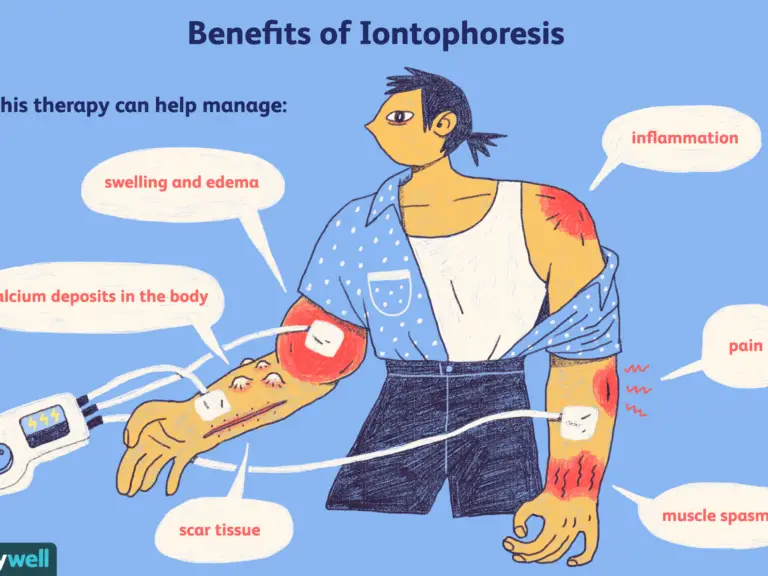
Precaution of the iontophoresis
- Abrasions of skin.
- Patient’s rings to remove.
- Instruct to the patient not to move during treatment.
- Check the thickness of pads.
Side effect of the iontophoresis
- Drying of the mouth and throat.
- Restricted general body sweating.
- Redness of the skin.
- Small vesicles [blisters ] or pompholyx.
Contraindication of the iontophoresis
- Pregnancy
- Condition where there is congestion of lungs and respiratory system.
- A history of seizures & epileptic
- Heart condition or a pacemaker
- A patient with a metal implant

